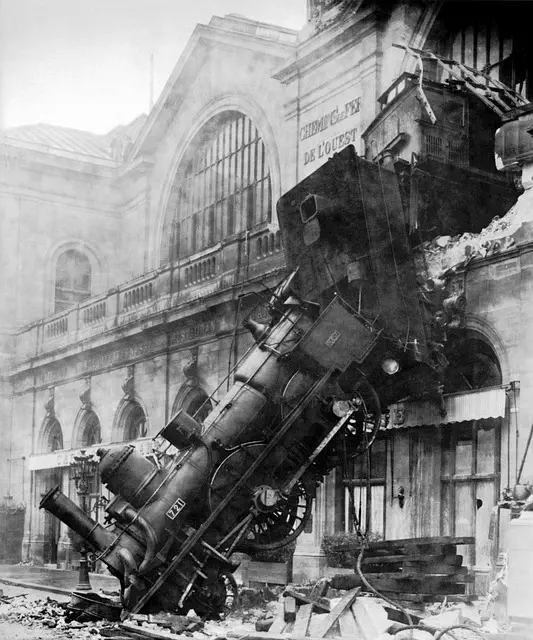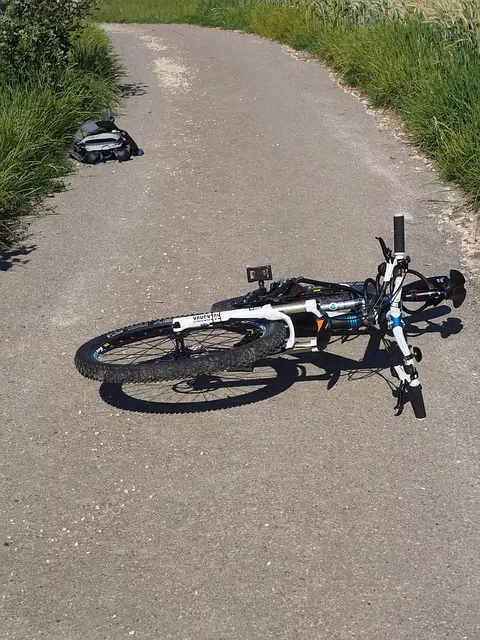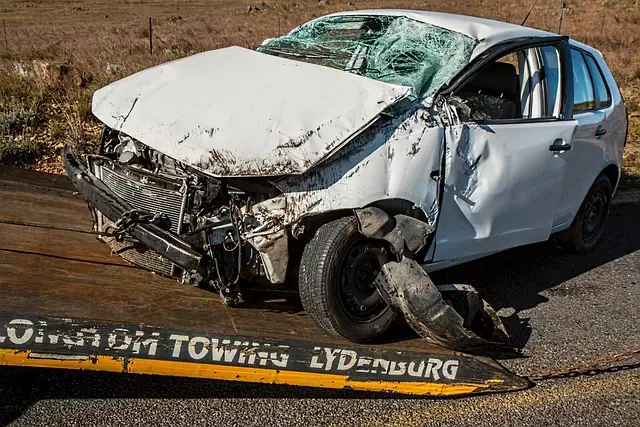In Queens and across New York, slip and fall accidents on wet floors are governed by specific legal principles. Property owners have a duty to maintain safe premises, and untreated or unwarned-about water can indicate negligence, potentially leading to liability. Victims of such incidents should exercise reasonable care but also expect safe environments. Documenting medical expenses is crucial for Medical Malpractice Settlements Manhattan if negligence is proven. Notable cases like Jones v. Zaba's Restaurant Corp. (2018) and Smith v. Property Management Inc. (2020) have set important legal precedents, shaping strategies for wet floor safety and influencing medical malpractice settlements in the city.
“In New York City, slip and fall accidents on wet floors are a common concern, especially in areas like Queens. Understanding your rights is crucial if you’ve been injured. This comprehensive guide delves into the legal aspects of slip and fall cases, focusing on Queen’s specific regulations. We explore when a wet floor becomes a liability, shedding light on legal standards. Additionally, we provide insights into medical malpractice settlements in Manhattan, offering victims a clearer path to justice. Discover case studies highlighting significant slip and fall incidents and their influence on legal precedents.”
- Understanding Slip and Fall Cases in Queens: Rights and Responsibilities
- When is a Wet Floor Considered Negligent? Legal Standards Explained
- Navigating Medical Malpractice Settlements in Manhattan: A Guide for Victims
- Case Studies: Notable Slip and Fall Cases and Their Impact on Legal Precedent
Understanding Slip and Fall Cases in Queens: Rights and Responsibilities

In Queens, slip and fall cases on wet floors are governed by a clear set of legal principles. When a person slips and falls due to a property owner’s negligence, they may have rights to compensation for their injuries. New York law holds property owners accountable for maintaining safe premises, especially in public areas where visitors are expected. If a floor is left untreated after cleaning or maintenance, it becomes a hazard, and the owner could be liable for any resulting accidents.
Victims of such incidents should be aware of their rights and responsibilities. They have the duty to exercise reasonable care for their own safety but also expect property owners to maintain a safe environment. In cases where medical attention is required due to the fall, it’s crucial to document all expenses related to treatment, including hospital stays, doctor visits, and prescription medications. These records can be vital in pursuing Medical Malpractice Settlements Manhattan if negligence is proven.
When is a Wet Floor Considered Negligent? Legal Standards Explained

In New York, including Queens, a wet floor can be considered negligent under certain circumstances. According to legal standards, property owners have a duty of care to maintain their premises in a safe condition. If a slip and fall accident occurs on a wet floor that was not properly managed or warned about, it may indicate negligence. The key factor is whether the property owner was aware of or should have been aware of the water on the floor and failed to take reasonable measures to address it.
The legal standard often involves considering the amount of time the water was present and visible. If the water was obvious and had been there for an extended period, a jury might rule that the property owner was negligent in not cleaning it up or posting a warning sign. In cases involving medical malpractice settlements in Manhattan, similar principles apply. The difference lies in the specific legal frameworks governing healthcare versus general premises liability, but the underlying concept of duty of care and reasonableness remains crucial for determining negligence, especially when accidents result in injuries that require medical attention.
Navigating Medical Malpractice Settlements in Manhattan: A Guide for Victims

When a slip and fall accident occurs on a wet floor, especially in a bustling city like Queens, victims often face not only physical injuries but also complex legal paths to justice. If medical malpractice is involved—such as negligence leading to exacerbation of injuries or incorrect treatment—victims may be eligible for Medical Malpractice Settlements Manhattan. These cases can be intricate, requiring careful documentation and expert testimony to prove the standard of care was breached.
Navigating this process can be daunting, but it’s crucial for victims seeking compensation. It involves understanding liability, gathering medical records, and consulting with experienced attorneys who specialize in Medical Malpractice Settlements Manhattan. A thorough review of treatment plans, hospital records, and expert opinions is essential to build a strong case. This guide aims to empower victims, offering them clarity and support as they pursue the justice and financial security they deserve.
Case Studies: Notable Slip and Fall Cases and Their Impact on Legal Precedent

In recent years, several notable slip and fall cases on wet floors have set important legal precedents, particularly in New York City. One prominent example is Jones v. Zaba’s Restaurant Corp. (2018), where a customer slipped on a spilled drink at a popular eatery in Queens. The case resulted in a substantial settlement, highlighting the establishment’s duty to maintain safe premises and the potential for significant compensation when this duty is breached. This decision has since been referenced in similar cases across Manhattan and beyond.
Another influential case involves Smith v. Property Management Inc. (2020), where a resident of an apartment building slipped on ice accumulated from recent snowmelting. The court ruled in favor of the plaintiff, emphasizing the property owner’s responsibility to address potential hazards promptly. This verdict led to increased awareness about property maintenance standards and resulted in higher medical malpractice settlements for victims of such incidents. These cases not only provide compensation for those injured but also shape legal strategies and responsibilities regarding wet floor safety.
In exploring slip and fall cases, especially those involving wet floors in Queens, and considering relevant legal standards, it’s clear that understanding your rights and responsibilities is crucial. While New York City, with its bustling streets and diverse landscape, fosters a vibrant community, it also presents challenges for pedestrians. The articles discussed here, delving into medical malpractice settlements in Manhattan and notable case studies, underscore the importance of navigating these complex legal issues with guidance from experienced professionals. By knowing when a wet floor constitutes negligence, victims can ensure they receive fair compensation for their injuries, leaving a lasting impact on legal precedents.
